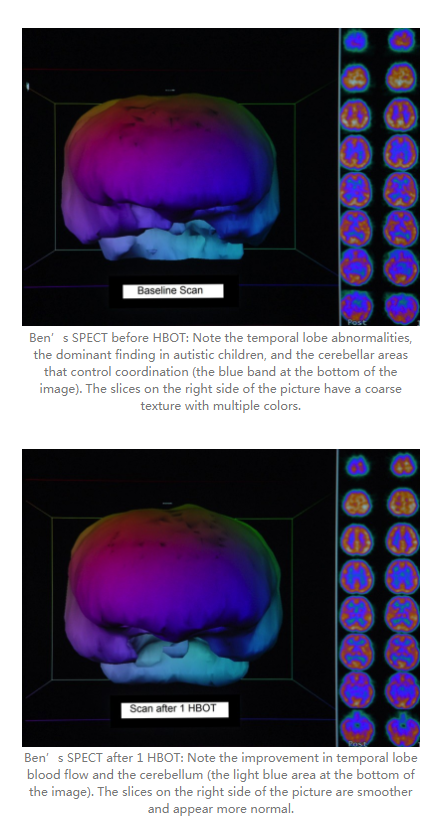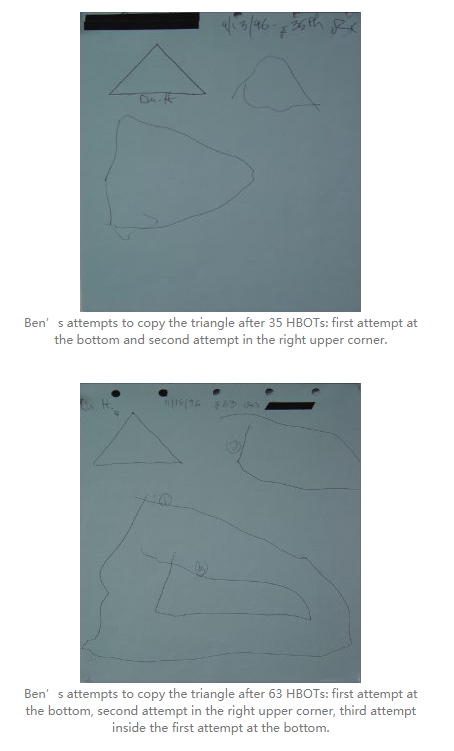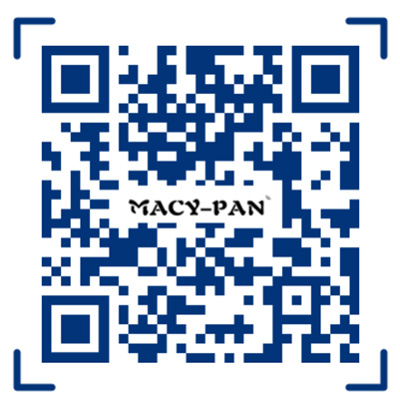Autism
Autism is a developmental disorder caused by an injury to the brain of a variety of different types, occurring during pregnancy, birth, or early childhood, that results in problems with social skills, repetitive behaviors, speech, and nonverbal communication. Originally deemed a psychiatric disorder, it is now appreciated as an illness caused by environmental factors that interface with various susceptible genes in which inflammation is a dominant component. It is not a genetic disease, however. Like all neurological diseases, the signs and symptoms of autism are dependent on the specific areas of the brain that are injured. Functional imaging studies, e.g. SPECT brain blood flow imaging, have demonstrated that the temporal and frontal lobes are the primary injured areas.
What are the effects?
Autism is characterized by problems with communication and interaction with other people, and restricted interests and repetitive behaviors, but there is a wide variation in symptoms. Patients are often non-verbal, make little or no eye contact, have repetitive behaviors such as hand-flapping, spinning/twirling, fixating on topics, numbers, moving objects, and lights, hypersensitivity to certain sensory stimulation, sleep problems, irritability, lack of affection or emotion, extremely restricted food choices and sensitivity to food, gastrointestinal pain, cramping, bloating, and even seizures. At the same time, ASD children can have unusual talents and abilities such as phenomenal memory, strong visual and auditory learning, and keen aptitude for science, math, art, and music.
Benefits from HBOT
HBOT has been shown in multiple studies to benefit the underlying disease processes in autism and thus autism itself. In a large parental review by the Autism Research Institute of all therapies delivered to autistic children, HBOT was rated the 5th most effective of the biomedical therapies. This review is accessible in the link below ending in 19917212.
Since Dr. Harch’s treatment of his first autistic child in 1995, he has seen noticeable improvements in 80% of autistic children treated with HBOT. Patients experience improvements in their social deficits, repetitive behaviors, sensory, intestinal, language, and emotional problems.
Case Study
Ben was a five year old boy whose mother had diabetes in her last trimester of pregnancy that was not appreciated by her obstetrician until the time of delivery which was 2 weeks after her due date in 1990. After a prolonged 30 hours of induced labor Ben was born with a grossly misshapen head at 12 lbs. 10 oz. He had meconium staining of the amniotic fluid, a sign of fetal distress, and low APGARS (the grading system used to characterize a newborn baby’s viability). He required resuscitation that resulted in intubation in the nursery.
Once home he was clearly abnormal, showed developmental delays, and was eventually evaluated by a neurologist for high muscle tone on the right side of his body, repetitive autistic behaviors, including emotional detachment from his mother and siblings, a learning disability, speech problems, frequent staring spells, and cognitive problems. He showed no socialization (he didn’t relate to those around him). EEGs were abnormal, but an MRI of the brain only showed a small (1/4 inch) clump of abnormal blood vessels that had nothing to do with Ben’s problems. His Childhood Autism Rating Scale score was 29 (clearly on the autism spectrum, but 1 point shy of the threshold used for the diagnosis of overt autism in 1993).
Ben underwent a single SPECT brain blood flow scan which showed abnormalities in both temporal lobes and frontal lobes which improved after a single HBOT (see scans). He continued treatment for 35 treatments, took a break, and returned to New Orleans for an additional 28 HBOTs that was truncated by a family emergency, requiring his return home. During and after the HBOT Ben experienced an improvement in his cognition (see sequential drawings below at 35 and 63 treatments), school performance, interaction with his brother, emotional attachment to his mother for the first time in his life, improved motor function on the right side of his body, gait, coordination, and communication. Six months later his EEG had worsened, yet he spontaneously said to his mother, “it is so much better not living in the dark anymore.”




Supportive Research and information
Autism Speaks:
https://www.autismspeaks.org/what-autism
https://www.nimh.nih.gov/health/topics/autism-spectrum-disordersasd/index.shtml
HBOT in Autism:
https://www.ncbi.nlm.nih.gov/pubmed/22703610
https://www.ncbi.nlm.nih.gov/pubmed/19284641
https://www.ncbi.nlm.nih.gov/pubmed/19917212
*Summary of all treatments for Autism compiled from questionnaires from 27,000 parents of autistic children by The Autism Research Institute. HBOT was fifth among all Non-Drug Supplements and superior to all prescription medications listed: https://www.autism.com/pdf/providers/ParentRatings2009.pdf




 +86 13621894001
+86 13621894001
 rank@macy-pan.com
rank@macy-pan.com
 +86-+8613621894001
+86-+8613621894001


 Tel:
Tel: Mob:
Mob: WhatsApp:
WhatsApp: Email:
Email: Add:Bldg 15, No.889 Guinan Road, Songjiang District, Shanghai, China
Add:Bldg 15, No.889 Guinan Road, Songjiang District, Shanghai, China